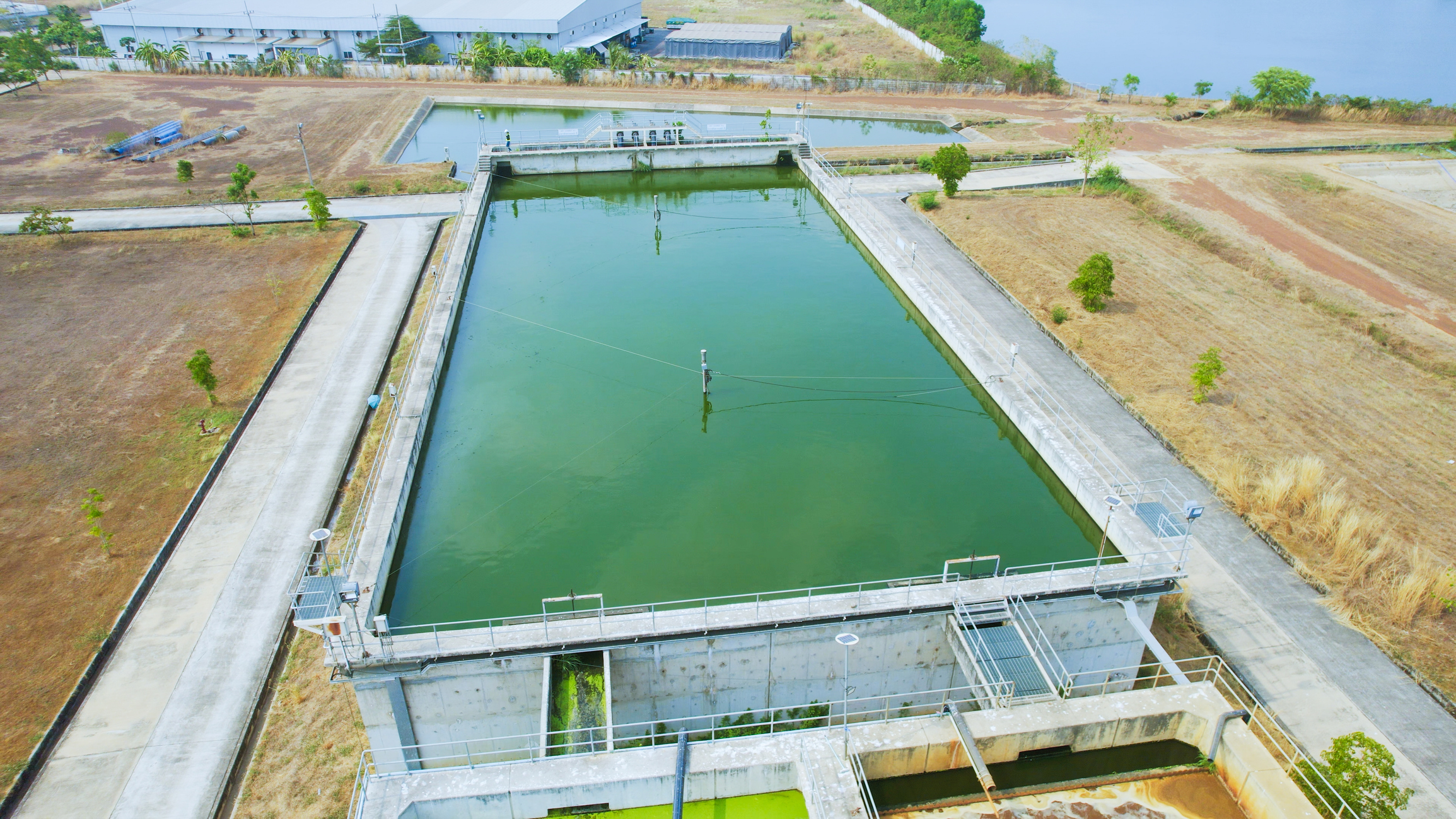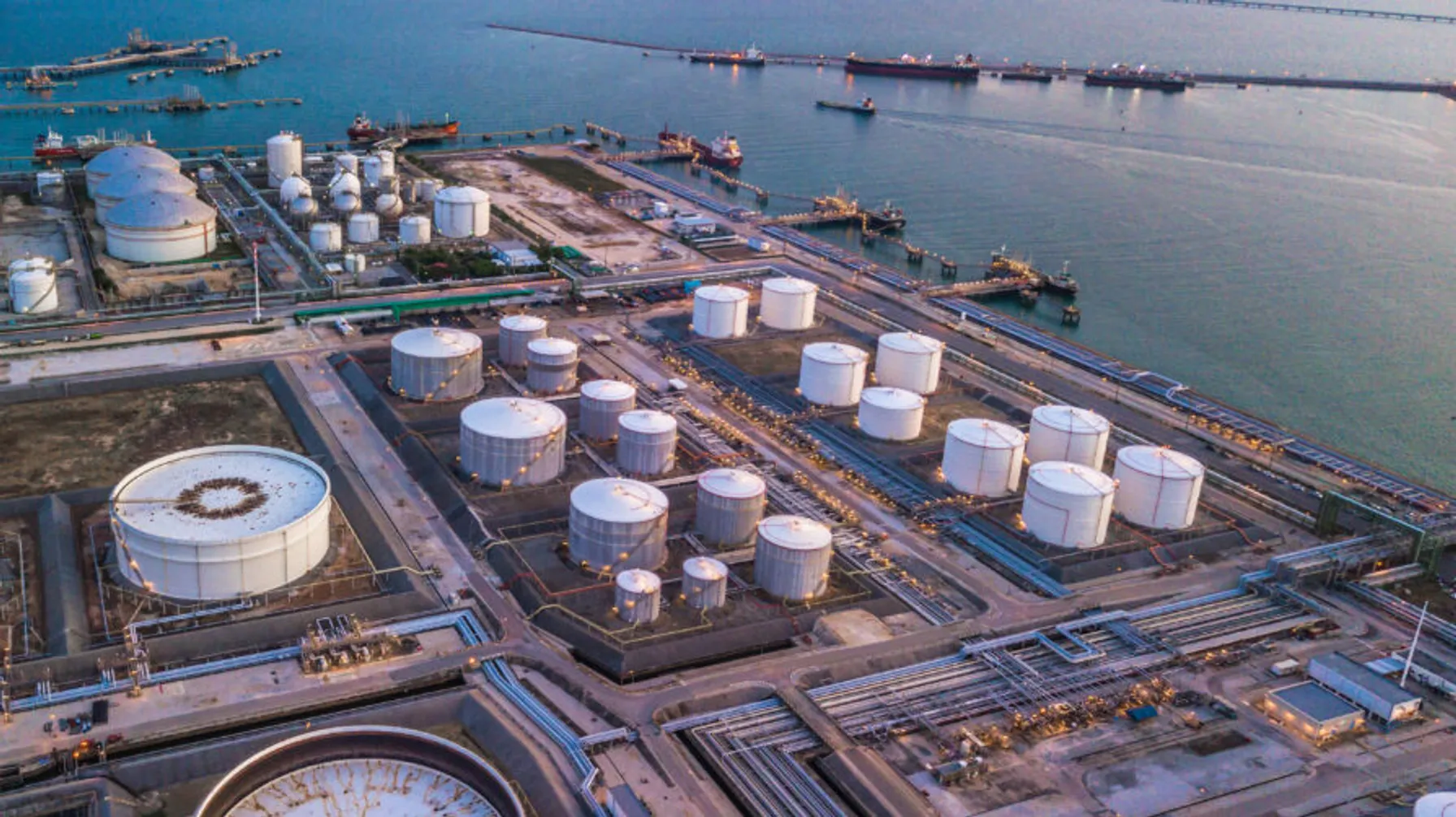Part 1: How to Determine if your Facility is Impacted
The US EPA Clean Water Act Facility Response Plan Final Rule (CWA FRP or the Rule), which became effective on May 28, 2024, requires facility owners and operators to prepare or amend Facility Response Plan (FRP) if a “worst-case” discharge of a Clean Water Act hazardous substance (CWA HS) could cause substantial harm by June 1, 2027 (see Federal Register 89 FR 21924). Although the existing Oil Pollution Prevention FRP regulation (40 CFR 112 Subpart D) was used as a framework for the Rule, there are several substantive differences.
This Regulatory Update is the first in a series summarizing the Rule and how it may affect your facility.
Which Facilities are Subject to the CWA HS FRP Rule?
Facilities with one or more CWA HSs on-site in an amount equal or greater than the threshold quantity (1,000 times the CWA Reportable Quantity)that are located within 0.5 miles of a navigable water or a conveyance to a navigable water must conduct an assessment to determine if the facility can cause significant harm. If the facility cannot cause significant harm, only a Substantial Harm criteria checklist must be submitted to the EPA. However, if the facility is found to be capable of causing significant harm, the facility must submit an FRP. EPA expects the rule to be applicable to about 5,400 facilities in the US, including industrial, commercial, institutional and governmental facilities.
Which Facilities are Exempt from the CWA HS FRP Rule?
The Rule has exemptions and exclusions. For example, transportation facilities under the exclusive authority and control of the US Department of Transportation or the US Coast Guard are exempt from the Rule. Except for transportation through pipelines, the transportation-related exclusion applies only to CWA HS movement under active shipping papers and prior to arrival at its final destination.
How Can Facilities Determine if a Threshold Amount is Present?
For every CWA HS, facilities must determine the aggregated maximum quantity on-site in pounds at any point in time and must include CWA HSs present in mixtures. Small containers are not exempt, and total quantities must include HSs stored in containers, piping and process vessels. The Rule does not specify a minimum container size.
What Can be Excluded from the CWA HS Determination?
The Rule contains a number of exclusions. For example, a CWA HS determination should exclude the amount in articles, such as lead-acid storage batteries, when present in “oils” regulated under 40 CFR 112 (SPCC) and when present in Hazardous Waste.
What is the Distance Criterion?
The second applicability criterion is distance to a navigable water or a conveyance to a navigable water. Navigable waters are defined at 40 CFR 120.2 and include relatively permanent tributaries and adjacent wetlands. Although the term conveyance is not defined in the Rule, in its preamble the US EPA states that this term “… is meant to have its normal English language definition and usage.” The Agency further states that this means a “direct…discernable, confined,and discrete…” pathway. Examples from the preamble include, but are not limited to, storm drains, pipes, ditches and channels that discharge directly into navigable waters.

What Are The Next Steps?
Since EPA Guidance for the Rule is expected in late 2025, TRC recommends this approach to facilities:
- Evaluate Applicability – Compare your facility storage to the Threshold Quantities. Leverage data in your existing plans and chemical reporting. Document the rationale. TRC professionals are available to help your facility navigate the process.
- Watch – This rule may change over the next 36 months. Monitor regulatory developments and watch for updates from TRC.
- Budget – Include applicability reviews and Plan development in your 2025 – 2026 budget.
Want to talk about your own Facility? TRC’s FRP experts are ready to assist with your projects and navigate this new rule. If you have any questions or would like more information, please contact our expert below.



